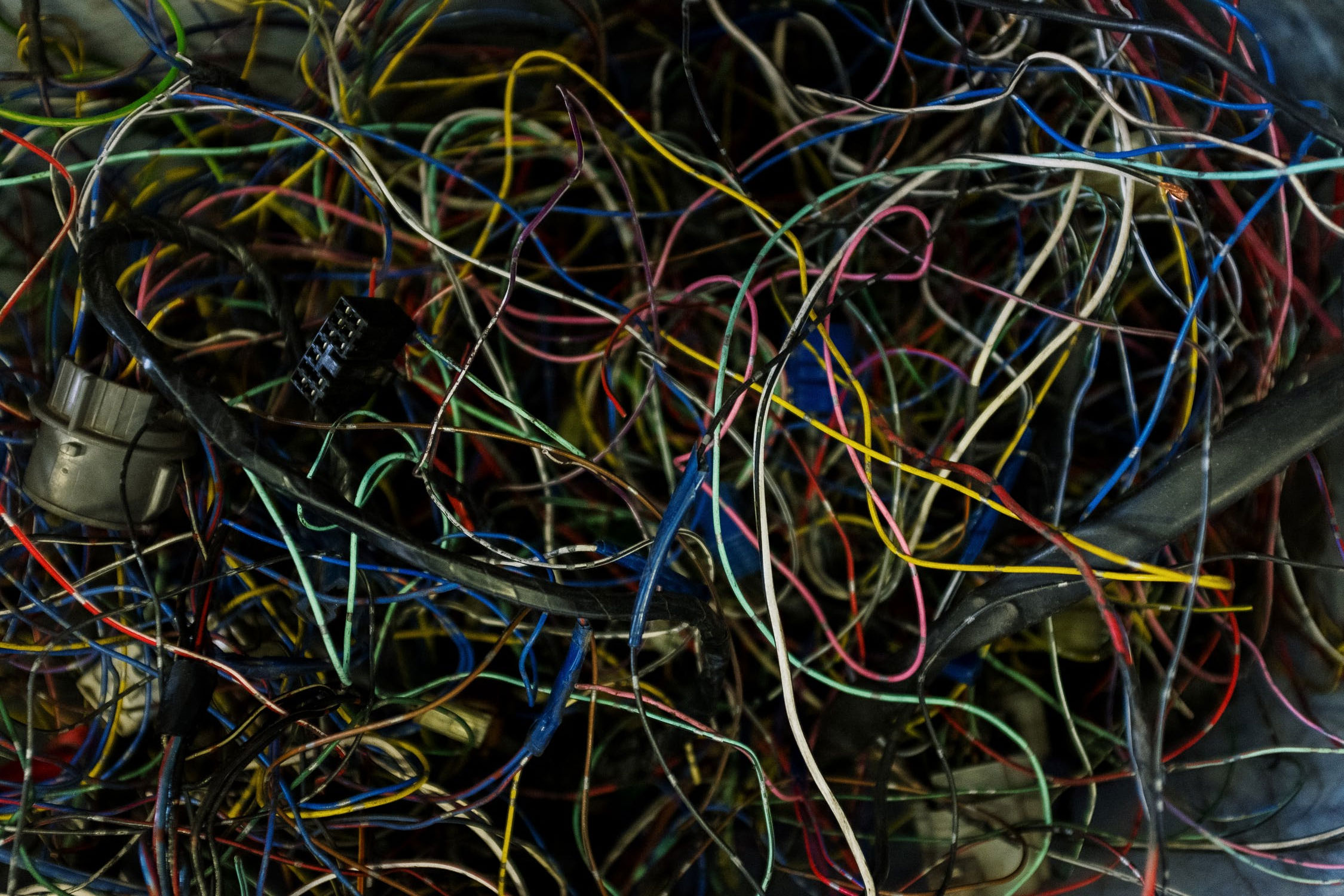A Guide For How Companies Install the Ideal Surveillance System to Fulfill Your Safety Needs
A Guide For How Companies Install the Ideal Surveillance System to Fulfill Your Safety Needs
Blog Article
As it pertains to ensuring safety and security, choosing the appropriate CCTV system is essential. CCTV video (CCTV) setups are commonly utilized for surveillance in different settings, such as homes, businesses, and community spaces. These setups assist monitor actions, discourage criminal activity, and offer important evidence in the event of incidents. Understanding the different components and features of CCTV setups can aid individuals and organizations make informed decisions that best meet their security needs.
One of the initial factors when choosing a CCTV system is the type of surveillance devices needed. There are several types of cameras available, such as dome devices, bullet cameras, and PTZ (pan-tilt-zoom) devices. Bulb cameras are often used for indoor monitoring due to their discreet design, while bullet cameras are more visible and are generally used outdoors. PTZ devices offer the ability to magnify in on particular areas and can be controlled from a distance. Assessing the specific surroundings and the areas that need surveillance will assist decide which kind of device is most suitable.
Another crucial factor to consider is the resolution of the cameras. Increased resolution devices offer clearer images, which can be critical for recognizing people or features in a scene. Typical clarities include basic definition (SD), high definition (HD), and superior resolution (UHD). While increased resolution devices may come at a increased cost, they can considerably improve the effectiveness of a monitoring setup. It is also crucial to consider the illumination conditions in the area being observed, as some devices are better equipped to manage low-light situations than others.
Recording choices are also a key component of CCTV systems. Video recordings can consume up a significant amount of space, so it is crucial to choose a system with sufficient storage capacity. Many setups offer online options, which enables for off-site access to footage and can offer additional security in case Learn More of burglary or destruction to the physical storage. Alternatively, on-site storage, such as digital footage recorders (DVRs) or network footage devices (NVRs), can be employed. Understanding the storage requirements based on the quantity of cameras and the desired retention duration for footage is crucial for effective surveillance.
Finally, the setup and upkeep of the CCTV system should not be ignored. Expert setup can ensure that cameras are positioned in optimal locations for maximum coverage. Additionally, regular maintenance is necessary to keep the system operating effectively. This includes inspecting camera angles, cleaning lenses, and making sure that programs is current. Some setups also offer remote monitoring capabilities, allowing operators to view real-time footage from their smartphones or computers. This feature can provide reassurance and improve the general efficacy of the safeguarding setup.
In conclusion, selecting the perfect CCTV setup involves careful evaluation of multiple aspects, such as device types, resolution, storage options, and setup. By comprehending these elements, individuals and entities can select a setup that efficiently meets their security needs. A thoughtfully designed CCTV setup not only assists deter crime but also offers important proof when needed, making it an essential expenditure for safety and security.